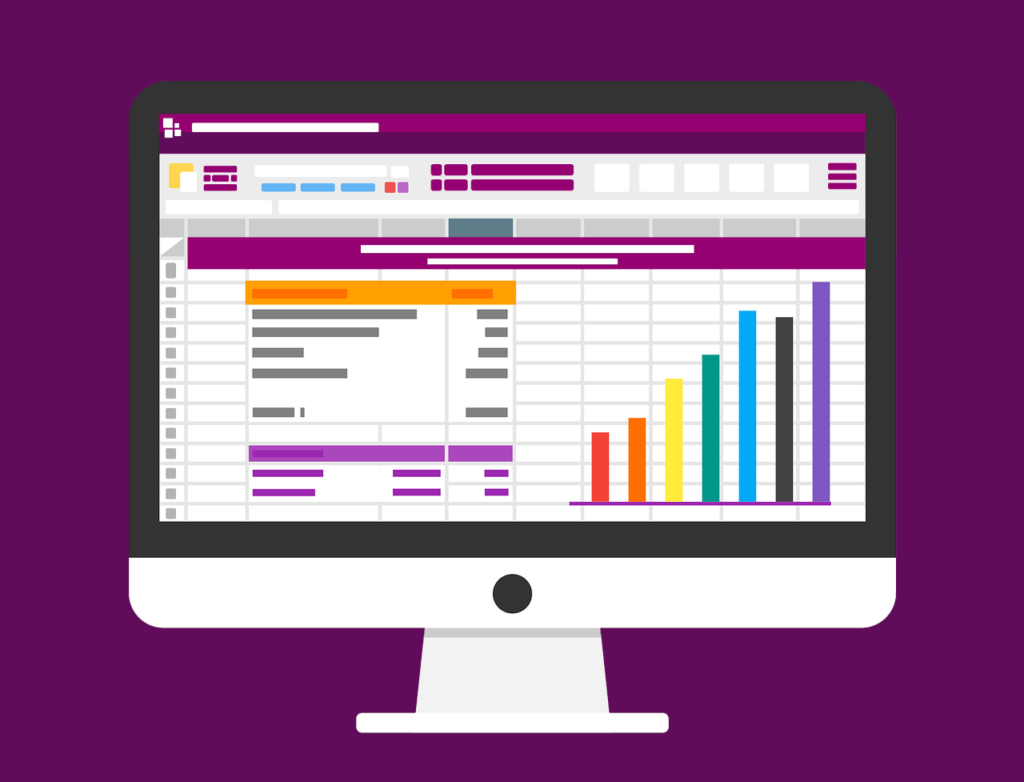So you have just started a new business? I’m guessing you are really excited and also a slight bit
nervous about the whole situation.
Going into business on your own for the first time can be both the most exciting thing and also the
most frightening thing in your working life. You are (presumably) going to do something you love to
do, and most likely, especially if you are reading this, it’s not accountancy.

Sole Trader or Limited Company?
So what do you need to do to make sure you run your business from an accountancy point of view in
the best way possible?
Let’s be frank, you probably aren’t excited by the prospect of doing accounts, I mean who is, well we
are, and that’s why we love to see new businesses set up in the best way possible for their owners.
All of this applies to whether you are a Sole Trader or a Limited Company. The filing will be slightly
different further down the line, but right now we are concentrating on getting your record keeping
correctly setup and giving the business the best foundations to grow to whatever size it ends up
being, whether it’s still just you in 10 years, or if it’s a 10,000 employee business with a turnover of
£100m.

Bank Account
First and foremost, get yourself a business bank account set up and make sure that you keep your
business and personal expenditure as separate as possible. This makes working out how the business
is going so much easier.
The world is going more and more digital, and this is the same for HMRC. Making Tax Digital is here
already for certain aspects of filing, and will be rolled out even further in the coming years, so let’s
get you set up for making that as easy as possible. As easy as possible is accountancy software, now
don’t get me wrong I love a good spreadsheet, but we all know spreadsheets can go wrong and we
may not notice it. With accounting software if it goes wrong you will see it.
We use Quickbooks, Xero and Freeagent with our clients, but there are others out there you can use.
I would suggest a bit of investigation if you have the time into which one the main user of the
software prefers to use and this will mean it’s most likely to actually get done! Also watch out for
software that is based outside of the UK and doesn’t look like it’s going to invest in making their
systems talk to HMRC’s.
Once you have your accountancy software, connect your business bank account, this will
automatically pull in all the data on your business transactions.

MTD Making Tax Digital
Finally, your spending, ideally make sure you digitise as much of your spending as possible, all of our
clients use Dext which you use by taking pictures and forwarding electronic documents to the
system via email. It extracts the data, stores a digital image, and then adds it to your accounting
software which you can then match to your bank transactions. Some accounting software will allow
you to directly upload the images into the software without a third party app like Dext, usually the
data isn’t extracted in this case.
So what does this get you?
It gets you to a place where, if you keep it up to date, you will always know where you stand with your business, plus you will never have those end of year periods where you spend a week of your
time collating all the year’s information.
The best way to do your accounts is little and often, keep on top of it and don’t let it mount up. I
would say at least once a week, but if you can add it into your daily routine then all the better.
An added bonus is you can do all your invoicing of your customers through the accounting system,
and you will never get to a position where you forget to get someone to pay once you have created
the invoice.
Get In Touch
Get in touch with us here for further assistance.
